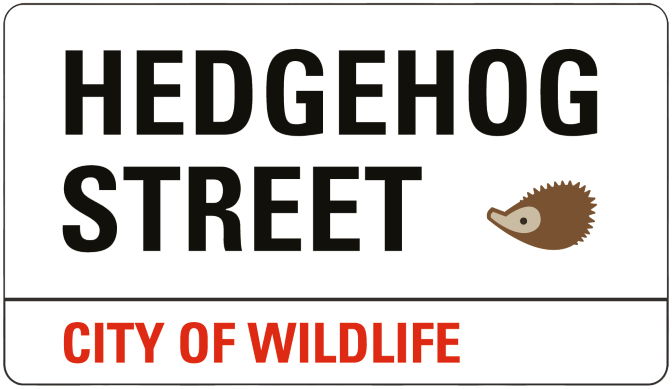Home › Forums › Hedgehog tales › Badger mauling › Reply To: Badger mauling
It isn’t so much area of land which badgers have a shortage of, but as with hedgehogs, of suitable land. That is land not only to find sufficient food – apart from anything else, they eat a huge number of earthworms (in that they compete for food with hedgehogs) but also places to make their homes. (Use of chemicals in the countryside can have an impact on food availability for wildlife.) Badgers, unlike hedgehogs are communal animals, so that the area needs to provide food and suitable homes for several badgers. Not only do they need all that, but they also need to somehow avoid persecution.
Hedgehogs have probably always been in towns and villages, at least as long as towns and villages have existed. I imagine they were in the areas where towns and villages now are, long before humans were. It isn’t so much that numbers have increased in towns and villages, as that numbers have decreased in the wider countryside. That is down to things like loss of suitable habitat in the countryside, how the land is used, etc. i.e. loss of hedgerows, use of chemicals, etc. Our gardens, although often not ideal, supply a sufficient amount of natural habitat ‘substitute’ to enable hedgehogs to cling on to existence there. Clearly as the area of human habitation expands and some gardens become more minimalistic, it makes it harder for the hedgehogs, which is why we hog lovers need to do all we can in our own gardens to make it suitable habitat for them.
Of course by feeding hedgehogs, we are encouraging hedgehogs to congregate in larger numbers than normal (in feeding areas). Hedgehogs are normally solitary animals, other than mating and the rearing of young. (Rearing young is done by the female and the male plays no part in that). As I have said elsewhere, feeding the hogs does make it easier for badgers to catch hedgehogs, in an area where badgers are also present – Just as feeding wild birds in the garden makes it easier for sparrowhawks, although they, perhaps, have a little more finesse.
Yes, golf courses do have large areas of unmaintained land, but (and I am not a regular visitor of golf courses) I imagine that it varies in suitability for hedgehogs from one course to another. There is also the question of possible use of chemicals which might deter hedgehogs. Also, to be fair, unless someone was specifically going out during the hours of darkness to see whether there were hedgehogs there, they would be unlikely to see them.
(apologies if this eventually appears twice)

